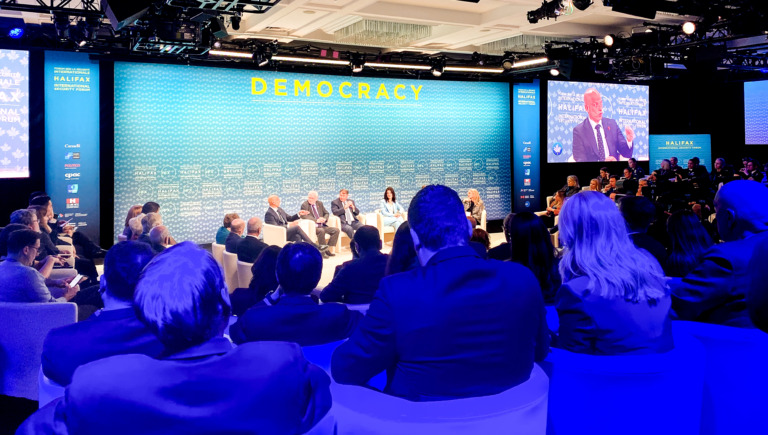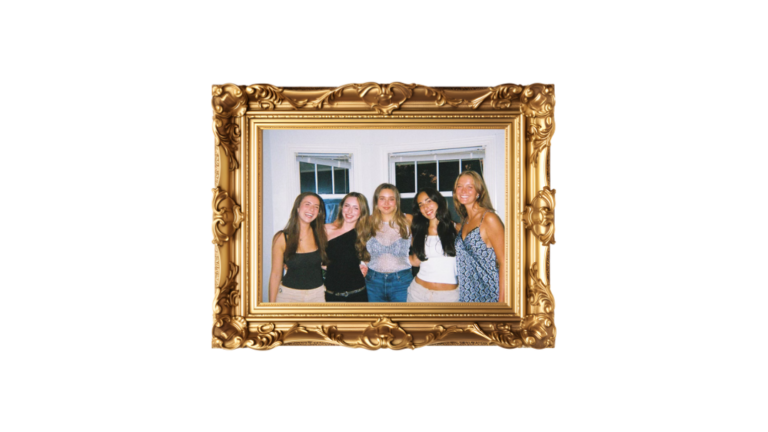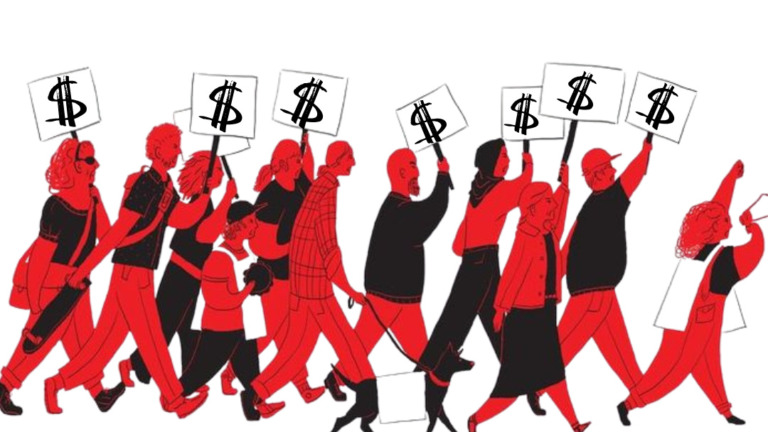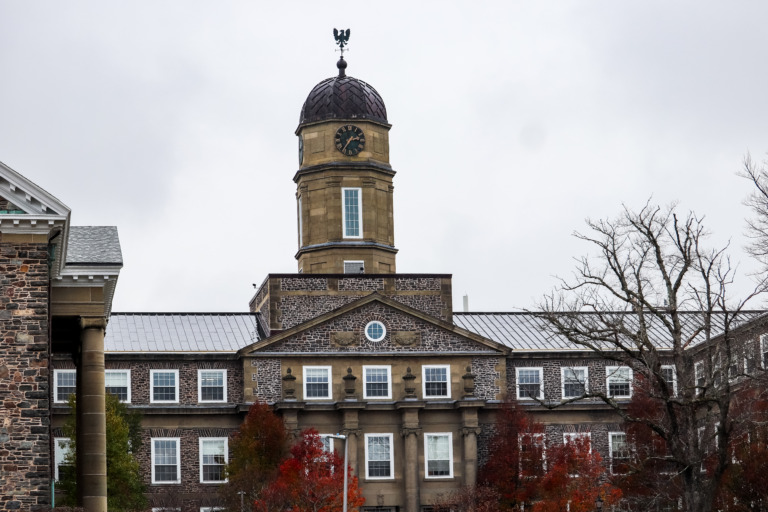
For well over a century, protesters have been invited to use the front lawn of Parliament Hill to stage their demonstrations. Just this summer, Tamil people protested the government for not intervening in the civil war in Sri Lanka, and the March for Life brought over 10,000 people onto the hill in pouring rain to protest abortion.
There’s only one catch for these demonstrations – protesters must remain on the lawn, and can’t go up the stairs leading to the top of the hill.
On Oct. 26, that wasn’t good enough for climate change protesters who took to protesting in the House of Commons itself. Calling the RCMP was too onerous. They wanted as much media attention as they could get. So they set up a flash protest. Over 100 students and youth filed into the galleries of the House of Commons, and reportedly at least a few received passes to the Members’ Galleries, which allowed them to sit on the sides, rather than at either end of the House.
In Question Period, after Jack Layton asked his first question, it fell on minister (of industry) Tony Clement, to provide an answer. At this point, one protester shouted and security removed him. He was in the public gallery behind the speaker. Then another shouted, and another. Finally, partway through Layton’s second question, Joe Cressy stood up to lead over 100 youth in protest.
At that point, security swarmed the galleries. Many protesters left, not wanting to cause more problems.
But a few remained.
Jeh Custer, a Sierra Club employee from Alberta, alleges that four security constables jumped on him and smashed his face repeatedly into the stone stairs. Eriel Deranger, of the Rainforest Action Network, described the guards “smearing (Custer’s) bloody face against the wall.”
However, CBC News called this statement into question. Footage showed him without blood on his face until he showed up at their studio to film Power and Politics with Evan Solomon.
It’s that one piece that calls the whole protest into question. Was it a number of students, coming out of the Power Shift conference that weekend, who stood up in solidarity during a protest, or was it an orchestrated event? Was this designed to dupe the media? For a protest to be effective long-term, theatrics should be kept to a minimum.
NDP ties have been alleged. There are, however, doubts, given that the protest peaked during Layton’s second question, but that could have been due to the rhythm started during Clement’s answer.
The protesters called this “the civil rights movement of our generation.” But is it? With the protesters apparently trying to exaggerate claims of rough handling, and digging themselves a deep hole, this could end up causing more problems for the movement for good.
With major news outlets questioning the story within hours of it breaking, will Custer be the next Balloon Boy? Will his credibility be shot? The mainstream media has been doing a good job of posting volumes of raw footage and pictures, as well as asking tough questions. Hopefully they will get to the bottom of this and send a strong message that theatrics will not be tolerated in protests.
It’s our turn now. With the wealth of resources available, we should all take the time to view the footage, to research what really happened, and form our own opinions.






